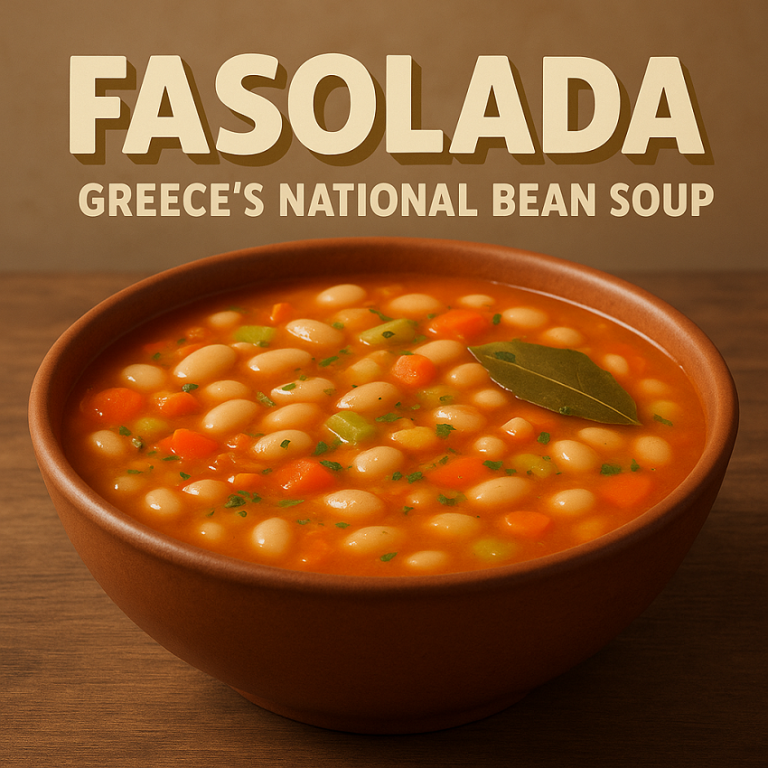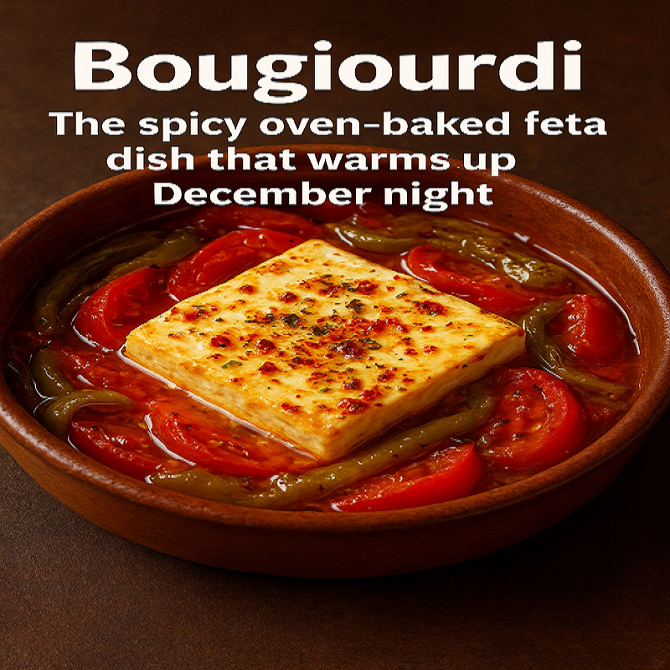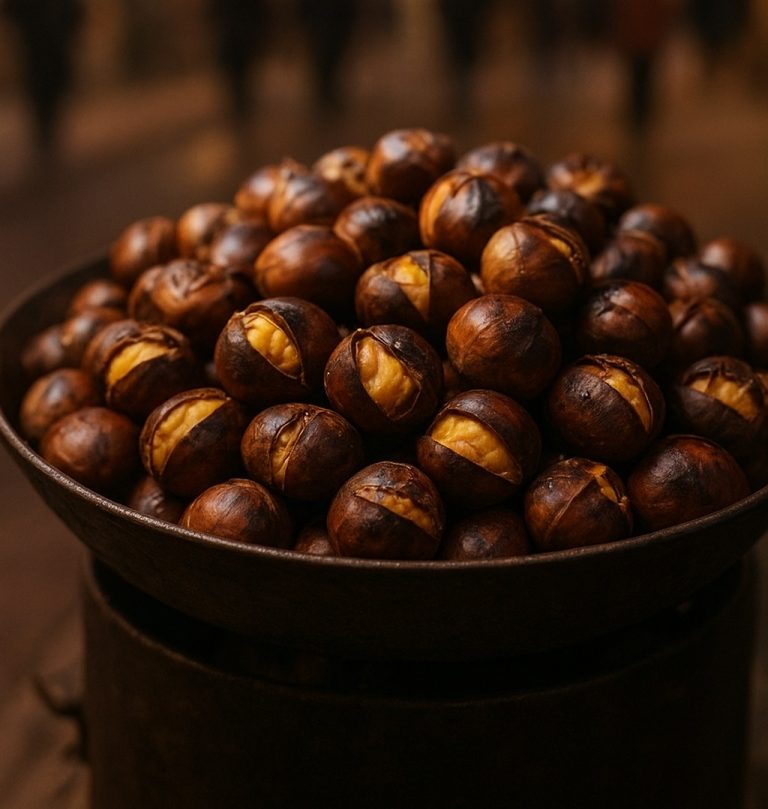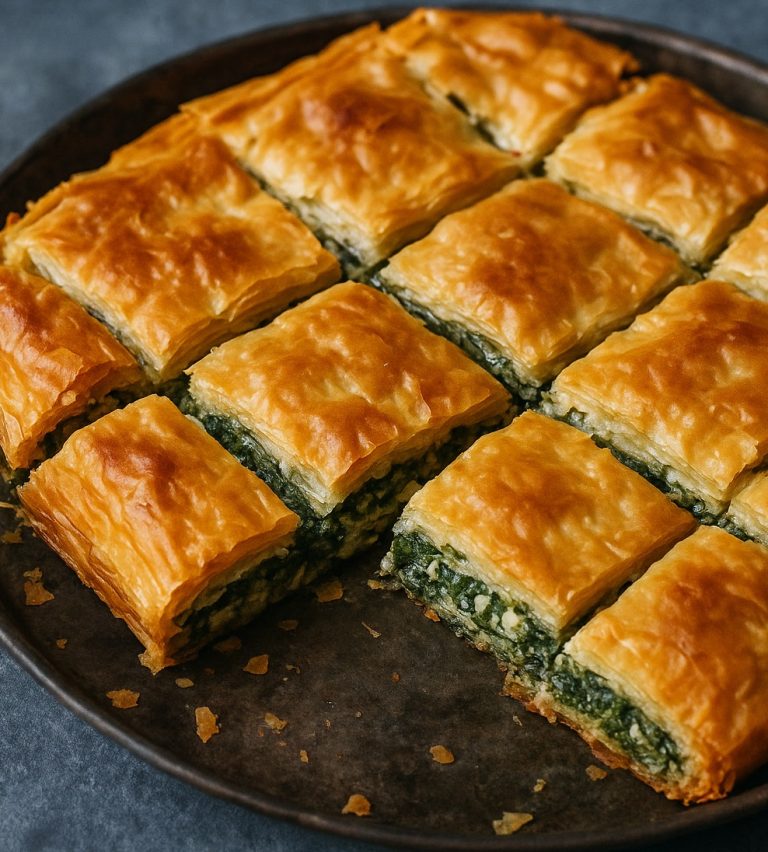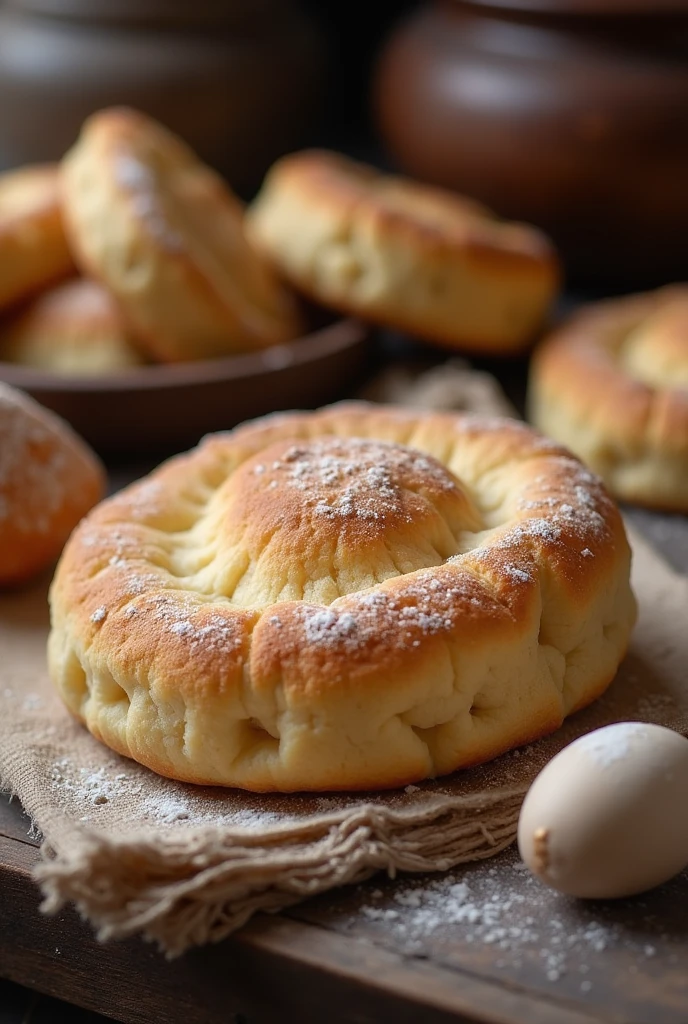
Paximadia, a beloved staple in Greek cuisine, are twice-baked biscuits that offer a unique texture and flavor. Originating from the island of Crete, these crunchy treats have become popular throughout Greece and beyond. With their rich history and versatile uses, paximadia is a delightful representation of Greek culinary traditions.
What Are Paximadia?
Paximadia are made primarily from barley flour, although wheat flour can also be used. The dough is typically mixed with water, olive oil, salt, and sometimes yeast. After the dough is shaped into loaves, it is baked once to create a crusty exterior. The loaves are then sliced and baked again, resulting in their characteristic crunch. This double-baking process not only enhances their flavor but also ensures a long shelf life, making them ideal for storage in Greek households.
Historical Context
The origins of paximadia date back to ancient times when they were considered a practical food for sailors and travelers. Their durability made them an excellent choice for long journeys, as they would not spoil easily. Over the centuries, paximadia evolved, with regional variations reflecting local ingredients and tastes. Today, they are enjoyed as a traditional snack and are a common sight in Greek bakeries.
Flavor and Variations
Paximadia can be found in various flavors, often incorporating ingredients like olives, herbs, and spices. Here are some popular variations:
- Olive Paximadia: Infused with olives, this version adds a savory twist to the classic biscuit. The olives provide a rich, briny flavor that pairs well with the biscuit’s crunch.
- Herbed Paximadia: Mixed with oregano, thyme, or other herbs, these biscuits offer an aromatic touch that enhances their flavor profile. Perfect for serving with cheese or spreads.
- Sweet Paximadia: Some variations include honey, nuts, or dried fruits, appealing to those with a sweet tooth. These can be enjoyed as a dessert or a breakfast item.
Culinary Uses
These biscuits are incredibly versatile and can be enjoyed in several ways:
- As a Snack: Paximadia are perfect for snacking. Pair them with cheese, yogurt, or dips like tzatziki for a delightful combination. They also make a great accompaniment to wine.
- In Salads: Crumbled over Greek salad, paximadia add a delightful crunch and absorb the flavors of the dressing. This adds texture and enhances the overall dish.
- As a Breakfast Item: Serve paximadia with honey, jam, or fresh fruit alongside a cup of Greek coffee for a traditional breakfast. They can also be enjoyed with a dollop of yogurt for added nutrition.
- In Soups: Broken into pieces, they can be added to soups for a hearty texture. This is particularly popular in Cretan cuisine, where paximadia complements many hearty dishes.
Nutritional Benefits
Paximadia are not only tasty but also nutritious. Made from whole grains, particularly barley, they provide dietary fiber, essential for digestive health. The use of olive oil in some recipes adds healthy fats, while the absence of refined sugars makes them a wholesome choice. Additionally, they are low in calories, making them an excellent option for those looking to maintain a healthy diet.
Making Paximadia at Home
For those interested in trying their hand at baking, making paximadia at home is a rewarding experience. The basic recipe involves mixing flour, water, olive oil, and salt to form a dough. After the first bake, the loaves are sliced and returned to the oven until golden brown. Experimenting with different herbs and additions can yield a variety of flavors, allowing for a personalized touch.
Conclusion
Paximadia is more than just a biscuit; it’s a piece of Greek heritage that reflects the ingenuity of traditional cooking. With their delightful crunch and versatility, they are perfect for any meal or occasion. Whether enjoyed alone, as part of a dish, or paired with dips and spreads, paximadia captures the essence of Greek culinary tradition. The next time you savor these delicious biscuits, you can appreciate not only their flavor but also the rich history and culture they represent.
